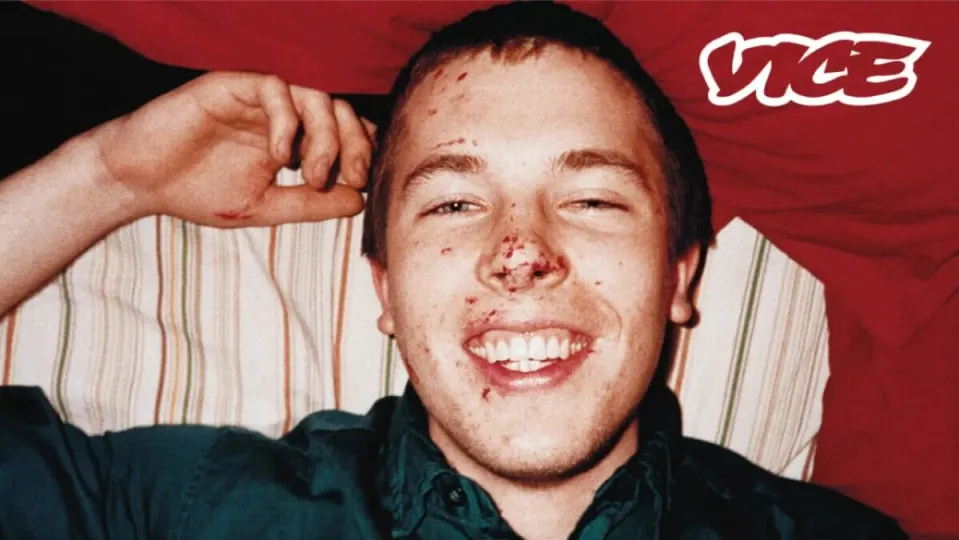Ten years ago, nothing was cooler than Vice. With its hipster magazine covers, its early internet viral videos and its in-depth reporting on subjects that no one else dared to touch – drugs, subcultures, street music… – it was the medium that all of us proto-journalists who didn’t want to end up in a suit-and-tie newsroom looked up to.
Now, Vice Media, the company behind everything that has been generated from this brand in recent years, is about to go bankrupt. After shutting down Vice News Tonight, its main audiovisual platform that portrayed the world with a unique perspective, the medium is on its last legs. And, while everything remains to be seen in the cumbersome world of American business, everything seems to indicate that the medium that was ready to change journalism has passed on.
It leaves behind dozens of copycat media that have followed its style, a new way of seeing the world and, of course, dozens of controversies and controversies that have put the medium in the limelight for years. But what has happened to Vice and what is its history? Here we leave you with one of the first miracles to emerge from the digital age.
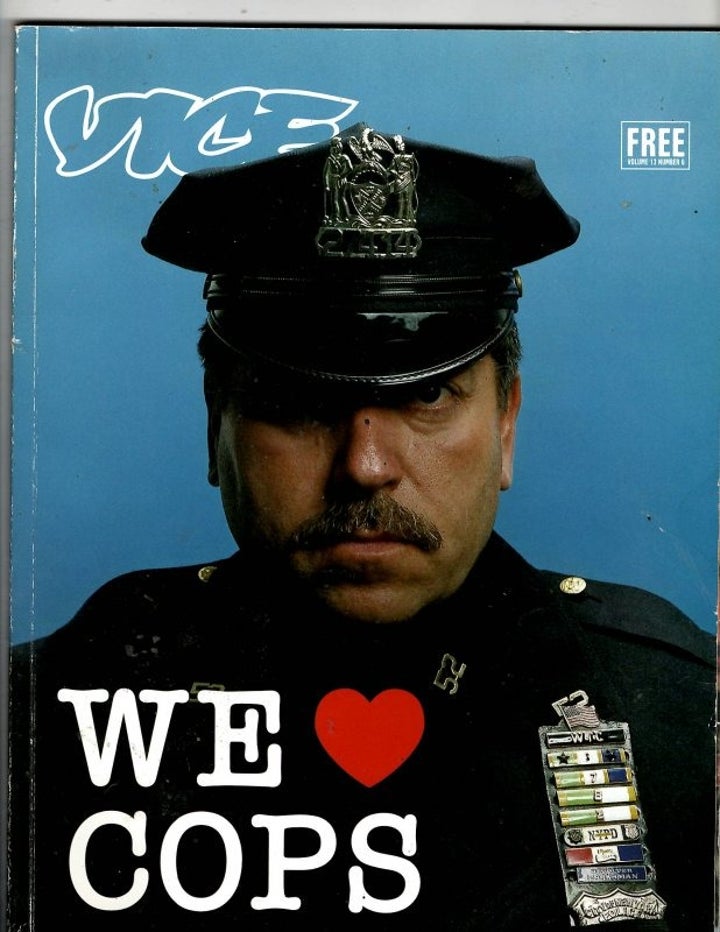
Founding Vice: from Montreal to the world
“Choose life. Choose a job. Choose a career. Choose a family. Choose a big television set. Choose washing machines, cars, compact disc players and electric can openers. Choose health, low cholesterol and dental insurance. Choose fixed interest mortgages. Choose a show flat…”.
We all recognise this little introduction (cut) from Trainspotting, the 1996 film directed by Danny Boyle, who knew perfectly how to recognise the restlessness and idleness of the youth of the time. With grunge as their main vocation and the arrival of the 2000s as a threat, most young people of the time found themselves in a moment of total maladjustment.
This may be a typical teenage feeling, and after the 2000s everything remained the same, but at the time it was obvious: the kids of the time were in a world with interests opposed to their own, so they had to find their own spaces to give free rein to what they considered life. The less fortunate ones ended up on drugs. The more visionary ones founded Vice.

Shane Smith, Suroosh Alvi and Gavin McInnes were three young Canadians who, like their peers, did not feel represented by the culture and media of the time. On the contrary, they had very specific interests that were becoming more and more important in society… but which no one was talking about. So they decided to found a project that would represent them: a magazine that would speak their language and address their interests.
So, after getting a government grant for their proposal to fight against media outlets like the Montreal Mirror, Smith, Avi and McInnes launched Voice of Montreal. This publication was a quarterly tabloid magazine that was distributed free of charge in bars, record shops and other places frequented by the city’s youth.

In addition, they covered topics that went unnoticed or ignored by other media, such as underground music, skate culture and the local art scene. The first issue of the magazine, published in October 1994, featured a black and white cover showing a group of skateboarders in action. Its content included interviews with punk and metal bands, features on graffiti and stakes, and opinion pieces on current political and social issues.
Soon, it began to stand out in Canadian society, and the magazine took on a more and more raunchy character of its own. In 1996, after two years of being a trend, the founders decided to turn it into a more interesting brand. They bought out the original publisher, Alix Laurent, and renamed the magazine Vice.

A new American icon
It was clear to Vice’s founders that the brand could not stay in Montreal, as there was no other medium like it in the world and they were strong enough to grow beyond Canada‘s borders. However, running an independent magazine is no easy task – believe me, I know what I’m talking about – and financial difficulties soon set in.
Even so, the founders were still determined to stick to their editorial line, and they knew they could make a mark beyond Canada. But it was an outsider who made the breakthrough. In 1999, investor Richard Szalwinski bought the brand for $4 million and moved it to New York. The original founders then worked for him until they took it back in 2001, when they bought it back.

The cash injection, however, did them a lot of good. Upon moving to New York, the magazine began to spread like wildfire across the streets of America, and its covers made an impact on the state’s youth population. Much of the blame lay with the two trusted photographers who handled its covers and features: Terry Richardson and Ryan Mcginley.
Richardson was provocation incarnate: the man in charge of portraying the American subculture, its people and its fashion. Mcginley, on the other hand, had the same approach but with a more aesthetic and experimental drift. Both of them, along with many others of the time, marked the Vice aesthetic, and everything the brand has done since then has been based on their work.
With the brand built and the fame gained, a whole generation finally got to see themselves represented by a brand. So the next step soon came: internationalisation. Would it have the same effect in other countries? And could they take their aesthetic to other media?

The Vice Empire is born
Despite its humble origins, Vice quickly conquered New York and soon began to expand beyond any borders. In addition to the United States and Canada, they set up a branch in the United Kingdom, and soon continued to try their luck in Melbourne and Tokyo. Spain and Latin America came years later, mainly through digital, but they also managed to be relatively successful until their exit from Mexico in 2022.
But it was the early 2000s and everything was going well for Vice: the magazine was growing like crazy and, with the arrival of Facebook and the first social networks, they were already thinking about making an impact on other platforms. In the first years of the millennium, they tried out different ideas, such as launching their own beer (Old Blue Last), but everything changed when they acquired the production company Pulse Films in 2005.
With image as their main objective, Vice knew that they had to start expanding their business, and the first thing they did was to acquire this production company, with which they began to develop audiovisual products that drank from the same editorial line they had. With Pulse they began to develop great video clips, documentaries and programmes that have led the studio to win dozens of Emmy awards.
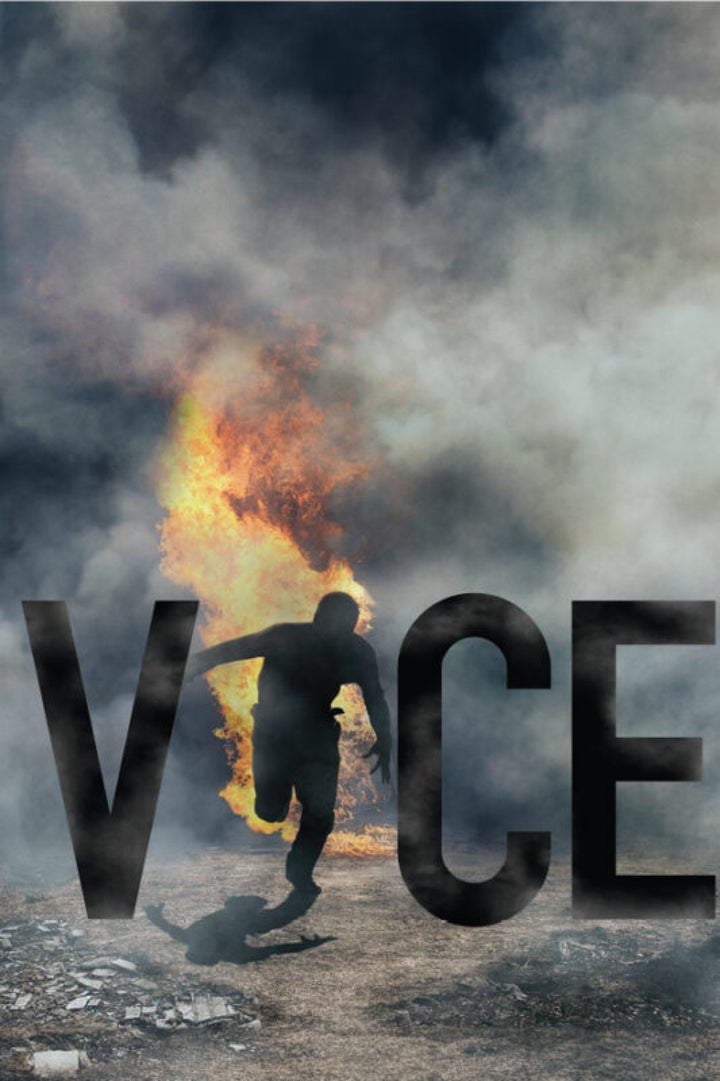
Their main objective was to enter fully into the audiovisual and digital world, so in 2006 they launched Virtue, a creative agency that worked under the Vice Media umbrella and with which they sought to carry out advertising work in the same spirit. Knowing that they had become synonymous with “cool”, they wanted to get as much out of it as possible, and beyond being a medium they knew they could become an agency that brands could turn to.
This provoked, in the following years, dozens of criticisms from the journalistic world. Many accused Vice of being an agency with a media inside, rather than the other way around, and criticised its strategy of highlighting issues and then making the most of them. Even so, many media outlets copied its strategy afterwards, with PlayGround being the most successful in Spain and Latin America.
Meanwhile, Vice continued to grow and someone arrived to further increase its objectives: Spike Jonze. The film director behind Her and How to be John Malkovich came on board as creative director of VBS.tv, Vice’s online television network that aimed to convey the spirit of the magazine through short videos and documentaries.
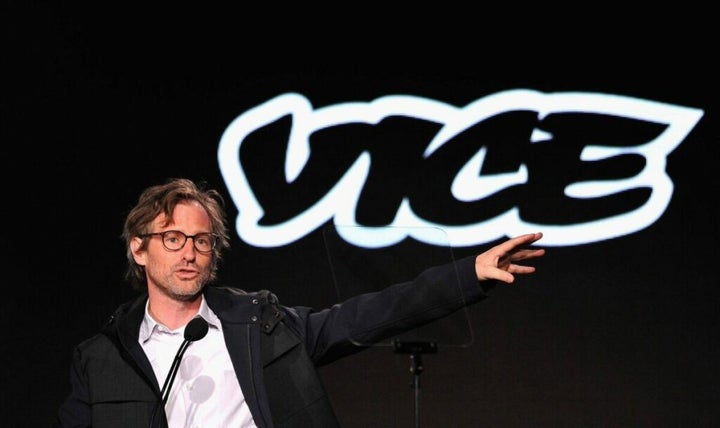
VBS.tv was born together with MTV Networks, and very soon began to become as viral as the magazine itself. Taking advantage of the rise of the internet and YouTube video, they managed to take off in a way never seen before. Moreover, all this content served to nurture Vice News, a news channel that eventually evolved into the news programme Vice News Tonight, which was one of the first pieces to fall out of the final puzzle.
From 2007 onwards, the Vice boom only grew and grew: they created verticals such as Motherboard (technology), Noisey (music), Thump (electronic music) or Munchies (food) and tackled absolutely every possible language and network on the internet. Everything seemed to indicate that the second decade was going to be theirs… and so it was.

Rise and fall of viral media
You could safely say that Vice was one of the first media outlets to invent the term viral. Just as they did with their magazine, they dug deep into the internet and into the deepest, suburban places to generate reports, documentaries and all manner of topics that people consumed as much out of morbid curiosity as out of curiosity and learning.
Soon, Vice made the term “discovery” synonymous with his medium, and he continued his chutzpah as he made programmes for HBO, Disney and all manner of other media and platforms. It had become a unique brand, and no matter how many of the aforementioned copies emerged, there was no one who could overshadow them.
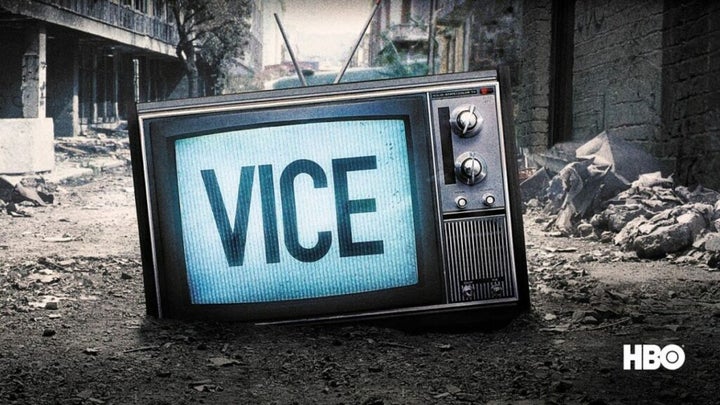
But the internet is capricious, and what puts you on top one day can bring you down the next. Something like that happened with Vice. Between the migration of new social networks – Vice was a unique medium on Facebook, but found it hard to adapt to the first Instagram – and the wear and tear of a brand that could not always live on innovation, many media ended up passing it by on the right.
Meanwhile, controversies arose that had to be put to rest, such as the controversies of founder Gavin McInnes with his relationship with the American ultra-right, and economic problems that were wearing down the business. The office in Spain closed as it arrived, in Latin America it remained less than expected, and in the rest of the world branches were opened and closed without any real rigour in what was being done. They wanted immediate success as they were used to, but it was not as easy, at times, as they had hoped.
Thanks to Vice News Tonight, they managed to reach the top and remain a reference medium that went on to win dozens of awards year after year. But after the closure of this programme, bankruptcy is on the way and we can only say goodbye – albeit for the moment – to a media that ALMOST managed to change everything.

Some of the links added in the article are part of affiliate campaigns and may represent benefits for Softonic.
